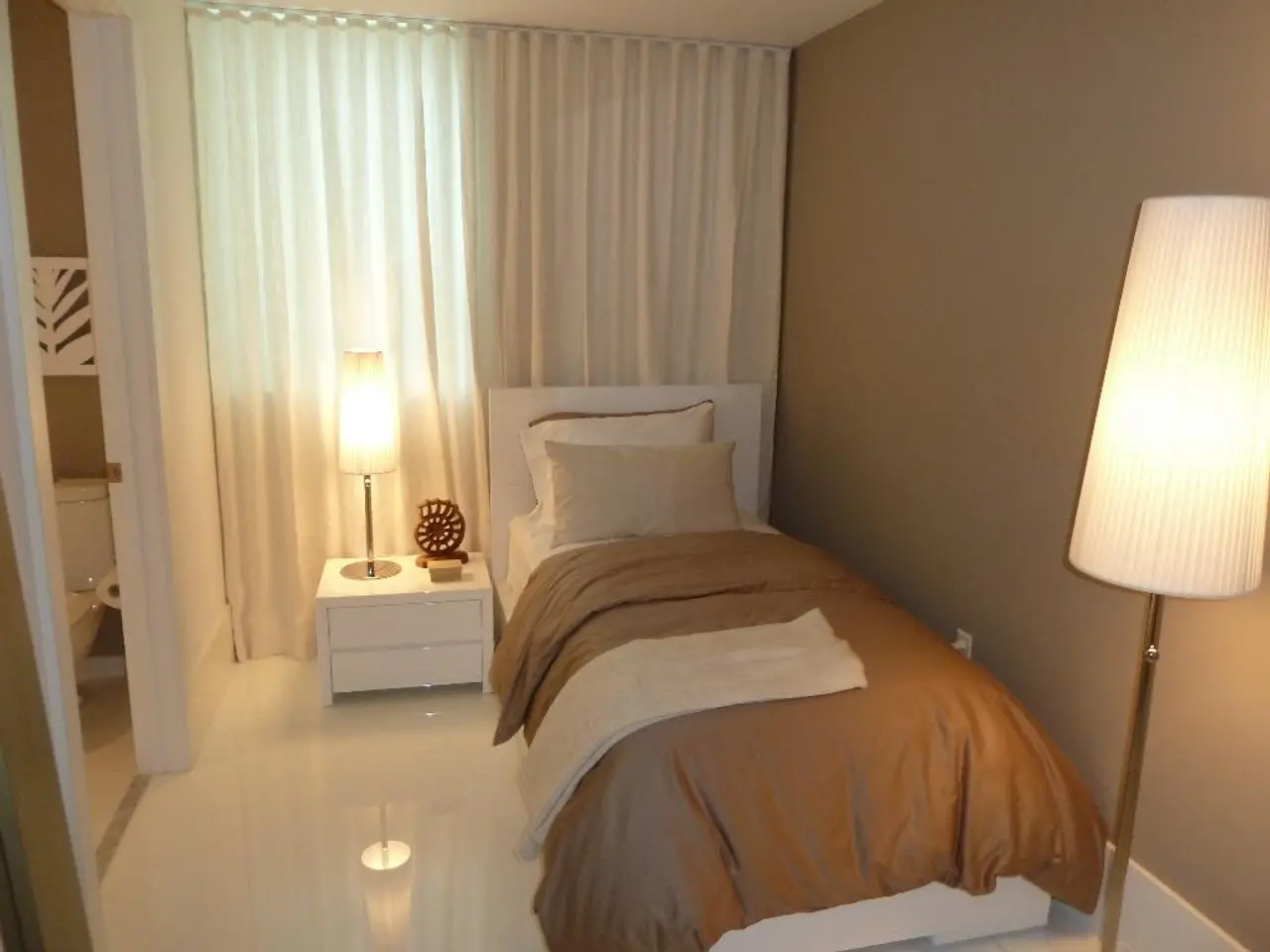Charting the Brain's Maze: Exploring Spatial Orientation, Temporal Perception, and Personal Identity
In the realm of engineering and computer science, a fascinating development is underway. Researchers are designing navigation systems for robots and self-driving cars, inspired by the brain's mapping strategies [1]. This innovative approach could revolutionise the way machines navigate and interact with their environment.
Our brains possess an intricate system for spatial navigation, and at the heart of it are cells known as place cells and grid cells. Place cells, primarily found in the hippocampus, become active when an individual is in or thinks about a specific location in an environment [1]. They provide a neural representation of "place," effectively marking specific landmarks or positions within a cognitive map of the environment [1].
Grid cells, located mainly in the entorhinal cortex, exhibit a characteristic hexagonal, grid-like firing pattern [2][3]. This pattern provides a metric for spatial distance and direction, contributing to path integration—the brain's way of calculating spatial position by tracking movements and directions over time [2][3]. Together, these cells work to support spatial navigation by encoding location and mapping space in humans [1].
Grid cells offer a coordinate system by mapping space through their periodic firing fields, giving information about distance and movement direction [1]. Place cells, on the other hand, use input from grid cells (as well as from border cells and other spatially tuned cells) to form unique place representations that anchor the cognitive map to environmental landmarks and boundaries [1][2].
Recent computational models suggest that although grid cells were traditionally thought critical for path integration and place cell formation, place cells can arise from inputs like border cells even without explicit grid-like coding [1]. Yet, they still organise spatial information in a hexagonal lattice pattern consistent with grid cell function [1].
This collaboration allows humans to navigate complex environments by continuously encoding their position relative to known landmarks and by integrating self-motion cues, thus supporting flexible and accurate spatial navigation and memory [1][2][5].
However, our understanding of the brain's spatial navigation system is not just academic. In conditions like Alzheimer's disease, the neural circuits responsible for spatial navigation and memory can break down, causing individuals to get lost in familiar places or struggle to recognise familiar faces [6]. Similarly, disorders such as depersonalization or schizophrenia can disrupt the sense of self, making individuals feel detached from their own bodies or thoughts [7].
As neuroscience advances, scientists hope to harness this knowledge to treat memory loss, improve mental health, and unlock new ways for humans and machines to work together [8]. By mimicking the way the hippocampus and entorhinal cortex encode space, these artificial systems are becoming better at exploring unfamiliar environments and avoiding obstacles [8].
Our sense of proprioception, the ability to know where our body parts are without looking, is another crucial aspect of spatial navigation [9]. This ability allows us to perform complex movements like reaching for a glass or dancing with our eyes closed [10]. The parietal cortex integrates these signals, enabling us to perform these tasks seamlessly.
Our inner maps expand and adapt in dreams and imagination, allowing us to dream of flying over cities or wandering through impossible landscapes [11]. As we continue to explore the mysteries of our brains, it's exciting to imagine the possibilities that lie ahead.
- The development of artificial intelligence (AI) is taking inspiration from the brain's spatial navigation strategies, particularly the functioning of place cells and grid cells.
- The offerings in the field of health and wellness could be revolutionised as researchers strive to harness the knowledge of brain spatial navigation to treat conditions like Alzheimer's disease and mental health disorders.
- In the realm of space and astronomy, there is a growing interest in applying the principles of grid cells and place cells to design better navigation systems for robots exploring alien terrains.
- The collaboration between place cells and border cells contributes to the hexagonal coding and organization of spatial information, a concept that could be mimicked in AI for navigation and obstacle avoidance.
- In fitness and exercise, understanding the brain's spatial navigation system can help improve coordination, agility, and performance, especially in activities requiring complex movements like sports and dance.
- Environmental science can benefit from this research by better understanding the spatial cognition of animals, consequently developing more effective conservation strategies and habitat management plans.
- concerned with lifestyle, understanding the brain's navigational abilities could lead to innovations in transportation, such as self-driving cars and drones, improving safety and efficiency in various industries.
- The fashion and beauty industry may also leverage spatial navigation research by creating clothing and accessories with integrated GPS systems, enabling enhanced mobility and safety.
- In the realm of education and self-development, learning about the brain's spatial navigation system can foster a deeper appreciation for the complexities of the human mind, inspiring future innovations in technology, science, and beyond.






